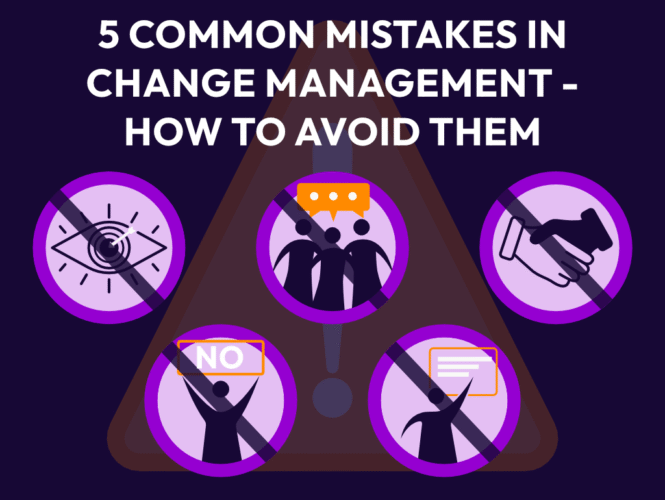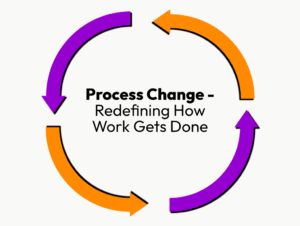It’s a tale as old as old as time that poor change management leads to resistance, confusion, and even failure. To ensure a smooth transition, it’s essential to recognise common mistakes and proactively address them before they derail your vision! Here are some of the most frequent pitfalls in critical change management and how we avoid them:
1. Lack of Clear Vision and Strategy
Mistake: Many organisations initiate change without a clear vision or strategic plan. This leads to uncertainty, misalignment, and resistance from employees who don’t understand the purpose of the change.
How to avoid:
- Define a compelling vision for change and communicate it clearly.
- Develop a step-by-step strategy that outlines goals, timelines, and responsibilities.
- Ensure leadership alignment and commitment to drive the change forward.
2. Poor Communication
Mistake: Inadequate communication creates confusion, rumours, and distrust. Employees may feel left out, leading to resistance and low morale.
How to avoid:
- Establish a transparent communication plan that includes regular updates.
- Use multiple channels (emails, meetings, workshops) to engage employees.
- Encourage open dialogue and feedback to address concerns early.
3. Ignoring Employee Involvement and Engagement
Mistake: Change initiatives often fail when employees feel they have no voice in the process. Resistance builds when people feel excluded from decision-making.
How to avoid:
- Involve employees early by seeking their input and addressing their concerns.
- Create change champions within different departments to foster peer support.
- Recognise and reward engagement to build a culture of collaboration.
4. Underestimating Resistance to Change
Mistake: Leaders often assume that employees will automatically embrace change. However, fear of the unknown and attachment to old ways can create significant pushback.
How to avoid:
- Acknowledge that resistance is natural and address it proactively.
- Provide training and resources to help employees adapt to new processes.
- Highlight the benefits of change and how it will positively impact individuals and teams.
5. Failing to Provide Adequate Training and Support
Mistake: Implementing new processes or technology without proper training leads to frustration, decreased productivity, and ultimately failure.
How to avoid:
- Assess training needs and provide customised learning opportunities.
- Offer hands-on workshops, online courses, and one-on-one coaching.
- Ensure ongoing support through mentorship and help desks.
Final Thoughts
Successful critical change management requires foresight, planning, and strong leadership. By avoiding these common mistakes; unclear vision, poor communication, lack of employee involvement, resistance, insufficient training, lack of progress tracking, and weak leadership, organisations can create a smoother transition and build a culture that embraces change. Thoughtful, well-executed change management fosters resilience, innovation, and long-term success.
Here at Good Change People, we believe in redefining business transformation through a people-centric approach. If you would like to explore more, you can subscribe to our newsletter or contact us directly for a consultation.





